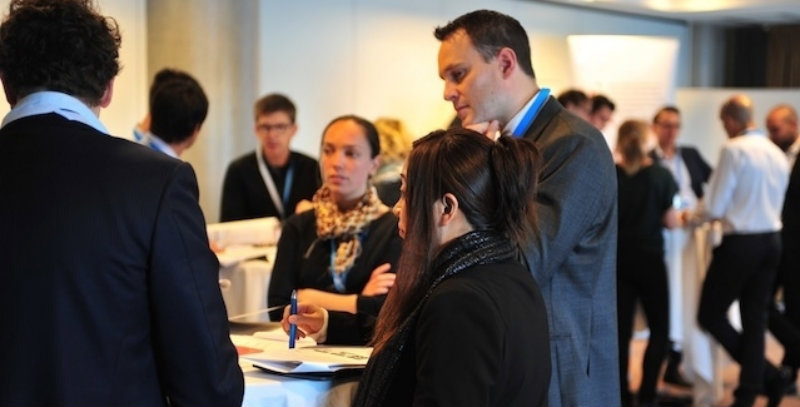
How can the best companies build teams necessary for successful innovation? In conjunction with the 21 May Tank Meeting at IKEA on Agile, Diverse Teams, we asked Hans Haeggblom to put together some guidance. Haeggblom is a veteran change and learning leader (AstraZeneca, Eletrolux) and the Innovation Pioneers Vice President.
Manage Creative Friction
The wrong type of friction makes people hold back. The right type gets results. How do we get it right?
Share the experience: The whole team, including the client, work through all steps of the ideation process from consumer learning, to analysis of possibilities, to envisioning the final idea. Working directly with consumers to understand needs and aspirations is a powerful bonding experience that gives the team common purpose and creates a foundation of shared facts and feelings.
Remove communication barriers. People communicate in different ways, so do social styles analyses to understand how teammates communicate. Who is amiable, expressive or analytical? The team learns that Harry is not overbearing but leads with ideas. Susan is not off task but considers people first. Once you understand why people are different, you can laugh about it — rather than get frustrated — and it becomes a way for the team to bond, rather than a reason for breakdown.
Have at it. Lock yourselves in the project room and engage in a passionate debate. The magic in innovation is to combine perception with analysis. Few people can do this alone, but a well-functioning team can be prolifically creative and sharply critical at the same time. The team acts like one open and self-aware brain that is creating and arguing with itself at the same time. The communication is fast and brutally honest and there is only one agenda.
Transparent Creativity to the Center
The forum for the debate is the project room. This is a dedicated space teams use from conception to execution. Of course project rooms should be a good place to work, with natural light, plenty of space for the team and work product, lots of pinup space for the voice of the consumer to come alive in the room, whiteboards for new ideas, and good audio and video connections to team members in other parts of the world. A well-designed space helps the team stay focused.
But the project room should not isolate the team. It should connect to the company as a whole: Glass doors and big internal windows enable more people to see what is going on, comment on it, add to it, and appreciate it. Put project rooms at the center of action. In many companies, project rooms are set up in the low-rent district of their buildings. Don’t be afraid to push the CEO or senior executives from their offices. Since innovation is the core of our proposition, it should be at the core of our environment, too.
Stand for Delivery
Innovation doesn’t stop once you have an idea. Innovation is the creation and the delivery of new value. There is also the challenge in getting those ideas to market. At some point the ideation team has to hand off to the commercialization team. They are responsible for the later stages of the innovation process, such as development, production and training. And that handoff can go wrong. The commercialization team may not fully believe in the idea, and if their heart is not in it, nor is their mind. But more insidiously, the commercialization team may be too uncritical and launch the idea exactly as conceived. This is the biggest trap. When we look at successful innovation, yes, the product or service as launched is similar to the original idea. But it is not identical.
So design teams with this handoff in mind. Make sure that there is an extended team of stakeholders who have responsibility for the entire innovation process. And make sure there is at least one person from the commercialization team who starts off in the ideation team. They will feel ownership of the idea, and more importantly, having been part of the deliberation process in the conception phase, will be more comfortable continuing to creatively evolve the idea in the right way as it is commercialized.
Successful ideas are not born in secret: they emerge from open and vigorous dialog around new information, and then they are actively pulled into the market by a commercialization team rather than being pushed by an ideation team. In the intensity of the innovation process, it’s easy to divide into a world of “us” and “them.” But to innovate well, teams must be permeable, inviting the outside in and engaging the broader community to transform an idea into a new product or service in the marketplace.

